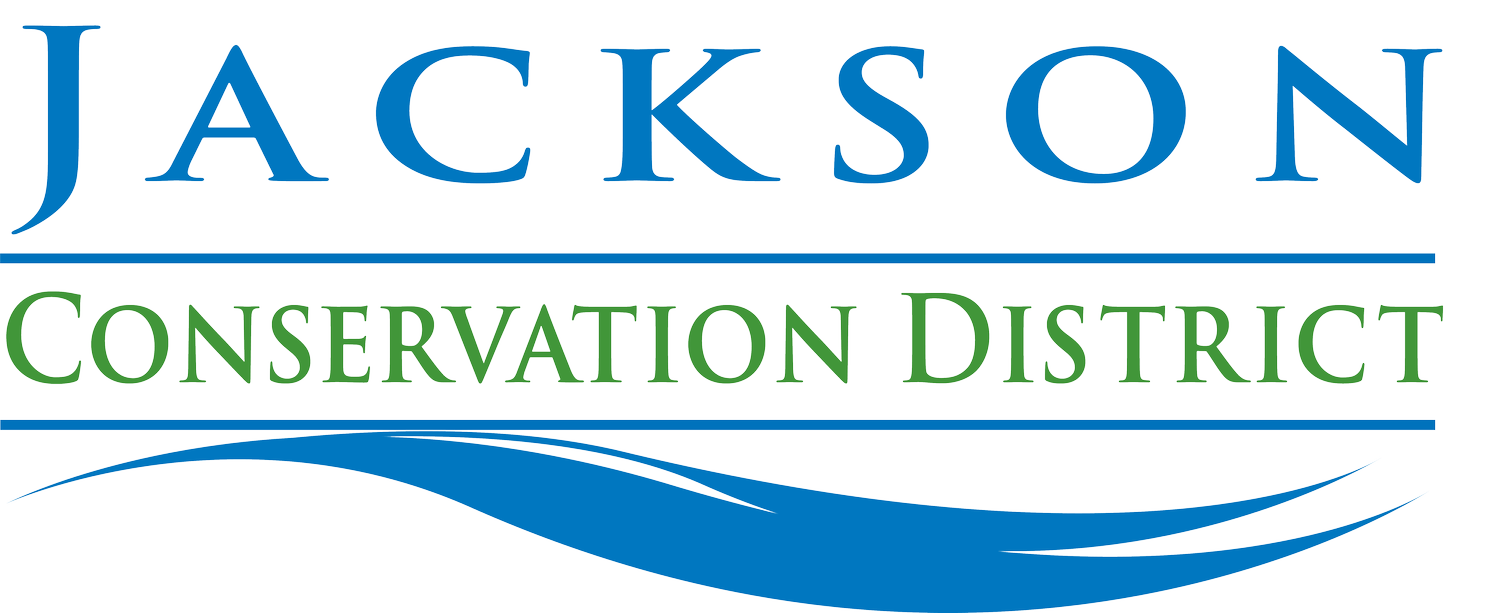How To Support Our Pollinators
Pollinators worldwide are declining rapidly because of habitat destruction and pesticide exposure. Though the problem may be widespread, there are still many steps you can take in your own backyard in order to protect and support pollinators and build habitable environments for them to live.
How to Encourage Pollinators
There are a wide variety of practices you can start doing to encourage and support pollinator populations around your local area. A good place to get started is to assess the areas around your home and determine which pollinators are already hanging around. For in-depth instruction on how to conduct a pollinator assessment please visit the Xerces Society.
One of the most important ways we can help pollinators is by providing them with suitable habitats for their entire life cycle. If you have a farm, this means incorporating natural areas into your farm systems, which can benefit both pollinators and the long term health of your farmland. For homeowners, this usually looks like incorporating gardens into your landscaping, being sure to include a variety of plants that are beneficial for pollinators. Luckily, pollinators love flowers, so creating a beautiful space for you both to enjoy shouldn’t be too difficult.
Offering a wide variety of flowering plants in close proximity can also be extremely beneficial. Diverse pollinators are able to offer a wider array of ecosystem services and can keep the unpleasant pest insects at bay. Flowers planted closer together also make it easier for pollinators to find their next meal. Research has shown that native pollinators do prefer native plants, so it is important to prioritize natives when planning your landscape. Non-native plants that thrive in your area but aren’t invasive can be a good supplement to your landscaping.
Another thoughtful way to benefit pollinators is to provide them with a convenient space to get a drink. By filling a shallow water dish and placing a few rocks in it, you can offer the pollinators a place to land and drink without risk of drowning.
Be sure to include nesting sites in your garden planning. Different kinds of pollinators require different things, some may nest in logs or downed tree limbs, butterflies lay their eggs on plants and ground beetles may require a patch of bare dirt. In the fall, it may be tempting to clear all of the leaves and debris from your yard. However, leaves and debris are the main areas pollinators have to overwinter. If you can wait to clear them up until the spring, you are more likely to have a healthy pollinator population.
Avoid Pesticides
One of the most important things you can do to help your local pollinators is to avoid using pesticides, insecticides and herbicides. Though very convenient, it is possible to use an integrated pest management approach to prevent pests instead of or in addition to the minimum pesticide to accomplish your goals. Attracting beneficial insects, setting traps or manually removing a small number of insects may help prevent outbreaks without resorting to pesticide use.
If you decide that pesticides are necessary, be sure to read all label directions. Check whether the pesticide should be used on prebloom or blooming plants and if they should only be used when pollinators are not actively foraging. If you are in any doubt, do not spray. Be sure to dispose of your pesticides properly. We offer a household hazardous waste pick-up event three times a year here at the Jackson County Conservation District. Check our Events page for more information.
What are pollinators?
In order to support our pollinators, first we must understand what they are. Pollinators are made up of insects and other animals that spread pollen in order for plants to reproduce and grow fruit. Pollinators are essential for crops such as apples, strawberries, peaches, blueberries, melons and potatoes. Important pollinators include honeybees, native bees, butterflies, moths, beetles, bats and birds.
Pollinators visit flowers in order to search for food from both nectar and pollen. In the course of their search, the pollinators will often brush up against the reproductive parts of the flowers, unknowingly carrying it with them in the course of their travels, depositing it on other flowers. After pollination, the plant uses the pollen to produce seeds or fruit.
The Benefits of pollinators
At least ¾ of the world's flowering plants and 35% of the world’s food crops require pollinators in order to reproduce. They are essential to high crop yields and diverse ecosystems and contribute billions of dollars annually to the economy through their ecosystem services and contributions to food production. Pollinators also help support the natural areas that provide us with clean water, stable soils, and other kinds of wildlife.




